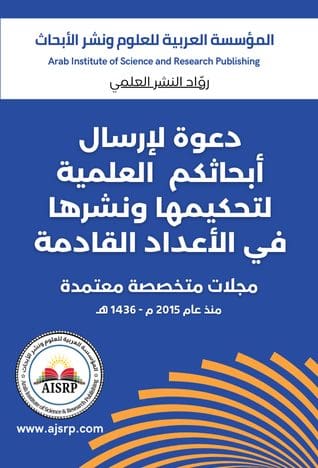ABSTRACT
This research was conducted to investigate the existence and spread of Listeria monocrtogenes among different ages of human. Three hundred and ten samples (310) were collected (100 male blood, 110 female blood, and 100 Placenta). The results revealed that the overall prevalence of L. monocytogenes in total samples was N 61 (19.7%), the isolation percentage from the Female blood N 22 (20.0%) was higher than from the Male blood N 18 (18.0%), while the isolation percentage from the placenta reached to N 21 (21.0%). When we study the isolation rate of L. monocytogenes from Male blood according to Directorates , the results showed that the high rate of isolation were N 11 (31.4%) in Thamar Directorate, following Gahran N 2 (15.4%), next Ans N3 (10.7%), then Alhada N2 (9.1%), but there is no sample was isolate in Anes Directorate. Whereas the rate of isolation in Female blood according to Directorate were N 10 (29.4%) in Thamar , following N 2 (20.0%) in Anes , N 5 (17.9%) in Alhada, N 2 (14.3%) in Gahran , and N 3 (12.5%) in Ans Directorate . The highest isolation rate of the bacteria agents from placenta were in Gahran N4 (36.4%), then N9 (33.3%) in Alhada, N5 (26.3%) in Ans, N1 (16.7%) in Anes, and finally Thamar Directorate N 2 (5.4%). The results indicated that there are significant differences at (p<0.05) in Prevalence of L.monocytogenes in Placenta according to Directorates . This study showed that the high prevalence rate of L. monocytogenes from Male group aged more than (60) years, had higher opportunities to be infected with the microbe than other age groups, in this age group the isolation percentage was (30.0%), followed by the Male between forty one to fifty years was 3 (27.3%), then from thirty one to forty years where 3 (16.7%), next that from Male between the ages of twenty one to thirty years were 3 (12.5%), finally less than twenty years where 3 (11.1%). Whereas the higher percentage of isolated L. monocytogenes from Female according to ages were (27.3%) between (21-30) years, followed by female with ages between forty one to fifty years, more than fifty one years, thirty one to forty years, less than twenty years, their infection percent were 3 (25.0%), 2 (22.2%), 3 (15.8%) and 2 (7.7%) respectively, and results illustrated that the highest rate of infection among pregnant women were in age groups less than 20 years with the percentage of (29.4%), followed the ages between 31-40 years were 9 (27.3%), then between 21-30 years where 7 (14.6%),while not isolated from the age between (41- 50) years. The relationship between months and prevalence of L. monocytogenes during period of study indicated that the highest isolation rate occurred in August (44.4%), and September (34.3%). From this study we concluded that the prevalence of L. monocytogenes in human in Dhamar Governorate was high, and that human infection with these bacteria can occur at any stage of life, especially the period of age after 60 years in males and the stages in which the rate of pregnancy increases in females. Due to the importance of this study we recommend further researches and studies on L. monocytogenes in different governorates of Yemen . Also working on creating specialized a national center deal with further studies and diagnosis of L. monocytogenes , and emphasis for inter the diagnosis of this bacteria within the routine work of the laboratories in hospitals. This study also recommends the dissemination of health awareness through the media, audio and visual media and all categories of the community male and female as well. Highlighting the health risks resulting from infection with these bacteria, and follow the scientific standards should be considered and adopted in the field of public health to prevent their transmission to humans.
Keywords: Listeria monocytogenes, Human, Dhamar Governorate, Yemen.
مدى انتشار بكتيريا Listeria monocytogenes في الإنسان في محافظة ذمار/ اليمن وذلك تبعاً للفئات العمرية المختلفة
الملخص
الكلمات المفتاحية: Listeria monocytogenes ، الإنسان ، محافظة ذمار ، اليمن.
Author \
Dhary Alewy Almashhadany1 Abdul- Rahman Shater2&3
Haifa’a Abdulilah Ba-Salamah2 Fahd Mohammed Abd Algalil2
1 Department of Pathological Analysis || College of Science || Knowledge University || Erbil || Kurdistan Region || Iraq
2 Department of Zoology || Faculty of Applied Science || Thamar University || Yemen
3 Department of Biology || Faculty of Applied Science || Jazan University || Kingdom of Saudi Arabia
DOI: 10.26389/AJSRP.F181217 عرض البحث كامل عرض العدد كامل



